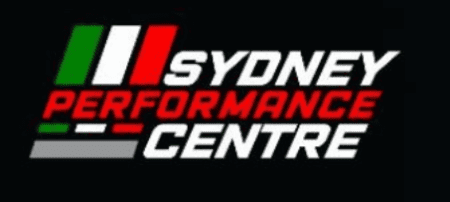Apart from mergers and acquisitions, businesses engage in a range of commercial activities that require safeguarded document exchange. These include fundraising, IPOs (Initial Consumer Offerings) lawsuits, audits, panel communications, and intellectual property management. Using a VDR to handle these types of transactions is usually more efficient than exchanging documents through physical copies or email attachments.
VDRs come with a range of options that let companies streamline M&A transactions and increase security, accountability, and seamless access to crucial information. A VDR’s central platform, for example, simplifies due diligence by eliminating secure collaboration as the key to successful m&a the need to adhere to and speeding negotiation and transaction times. It facilitates better collaboration between stakeholders and facilitates a more thorough analysis of the deal.
The majority of m&A’s vdrs have superior documents organization and indexing capabilities, which allow users to quickly locate and review important documents without scrolling through a long list of files. Some even have AI support that automates the process by examining the files for sensitive information and suggesting redactions. This can save time for M&A team members and ensures that important information is not overlooked during due diligence process.
VDRs also provide global accessibility, allowing authorized participants to collaborate no matter where they are located. This eliminates geographic barriers and reduces, or eliminates completely, travel costs. This increases efficiency and speeds up M&A transactions. Additionally, a few of the best vdrs designed for M&A have real-time tracking and reporting capabilities that allow administrators to track user activity and track the documents that have been read or downloaded. This transparency allows M&A professionals to enhance project workflows and avoid miscommunications.
